Commentary: Why the pope's Black ancestry matters
Published in Op Eds
Since news of the new pope, Robert Prevost, who assumed the name Leo XIV, hit the wires, he has been universally celebrated as being an American from Chicago.
But he’s also another important first, something that wasn’t divulged at the same time or with the same fanfare: the first known pontiff of demonstrable African descent. This is important history, both for Black and mixed-race people.
It may not be big news elsewhere, but as a nation where firsts in Black achievement are routinely catalogued, it seems odd there has been little mention of this in the mainstream media. It also seems odd because situations in which Black ancestry is suspected are often difficult to verify, but the documentation here is clear.
The way the news of the new pope’s heritage was made public speaks to the complexity of discussions of race in the U.S., especially in this era.
Black and mixed-race people have had to fight for their place in history. Black families in Western nations for the past 400 years had to carry the lore, orally and in writing, of Black or mixed-race explorers, inventors, scientists and cultural leaders at times when they were excluded from the mainstream.
In other nations, the Blackness of the pope simply may not be quite as important as it is in the U.S., especially at a time when the presidential administration is trying to erase Black history from its military, libraries and even coursework at private post-secondary institutions.
Had Pope Leo XIV been African, he would have been described as such, and his race would have been assumed, unless he came from South Africa. But coming from the multiracial, multiethnic U.S., his background begged for further description.
When it came to characterizing the new pontiff, The New York Times first described him as “Creole,” which is accurate. But it’s also a historical way of softening the blow toward introducing the Blackness of an individual who otherwise might be read as white.
The Times also soft-pedaled the introduction of the pope’s lineage by skipping a generation and attributing his Blackness to his maternal grandparents, Joseph and Louise Martínez. But the reporter didn’t have to go back that far to make the point. All they had to do was say his mother, Mildred Prevost, was Black or mixed-race of African descent.
This may be an exercise in explicit bias or an attempt to shield the pope and his reputation from the enormity of this revelation. Regardless of the motivation, it distances him from the reality of his heritage.
In fact, because of our history in the U.S., we make racial distinctions and have a broad vocabulary to describe even the pope. Historically, someone who is mostly white would have been known as a “quadroon,” but more recent generations call it “multigenerational mix,” “MGM” or “multigenerational multiracial.”
But in the area of the United States to which his family was traced, historically, he would have been subject to the “one drop rule” and treated as Black in spite of the dominance of his white genetics. This would not have been true in the Caribbean, where the rule is reversed, and he would have been considered white.
The announcement of the pope’s heritage also points to an important phenomenon: the role of mixed-race people as a bridge between the races.
In the first 25 years of this century, a mixed-race man was elected leader of the free world, and a mixed-race man was elected leader of the world’s largest Christian denomination. That is no accident.
Both, by the way, are from Chicago.
Some Black people bemoan what they view as the historically privileged existence of the “house Negro,” who often was the mulatto offspring of the master. But the mixed-race American actually has served an important role throughout the struggles for abolition, civil rights and political equality.
Just as vocabulary helps moderate the news of an individual’s Blackness, mixed-race heritage helps create a gentler path toward Black power in societies where influence traditionally is concentrated among white people.
Former President Barack Obama, for instance, publicly identifies as a Black man. But as he campaigned for the presidency, he had no qualms about pointing to his relationships with his white mother and grandmother, which likely contributed to his success at the polls.
The new pope and his family, reportedly, do not identify as Black. However, no mention is made of whether he actually identifies as white or multiracial.
But whether it matters to the pope or his family, it matters to the world, especially the United States. And being from here, he knows that.
Regardless, the cardinals who selected Leo did a deep dive into his background and surely knew about his mixed-race heritage. The conclave may not yet have felt ready to install an Asian or African pope, but having one who is mixed-race helps prepare for the racial and ethnic diversification of the office that is inevitable.
Either way, the new pope embodies all the complexities of being an American, serving as an authentic ambassador of our history and culture.
____
Rebecca R. Bibbs, formerly of Oak Park, Illinois, is an Indiana-based journalist who has helped elevate the visibility of mixed-race people and their issues. She promoted a mixed-race category enacted into law in Indiana in 1995 and worked with activists to get the U.S. census to add a multiracial category in 2000.
___
©2025 Chicago Tribune. Visit at chicagotribune.com. Distributed by Tribune Content Agency, LLC.
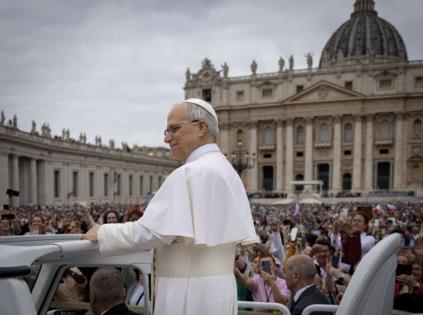

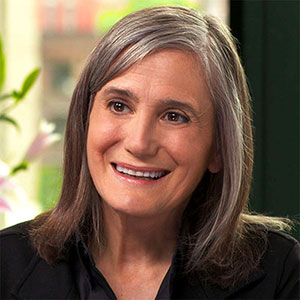
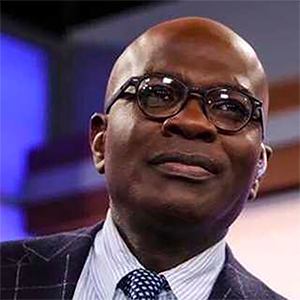

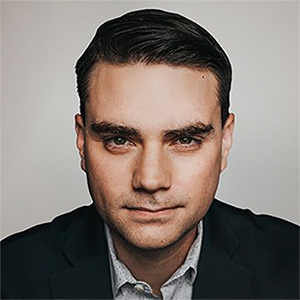
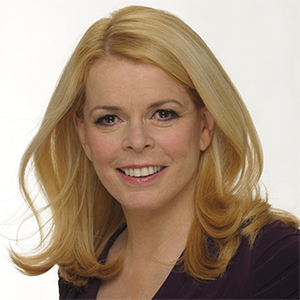
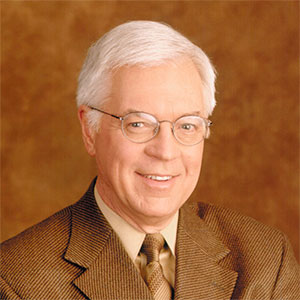



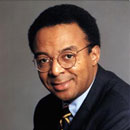
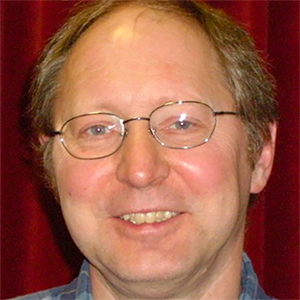

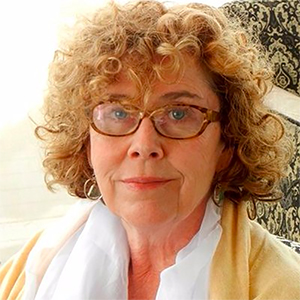

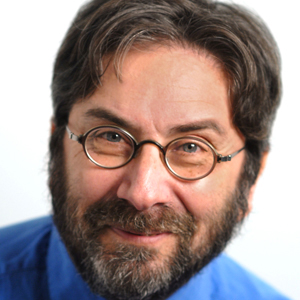
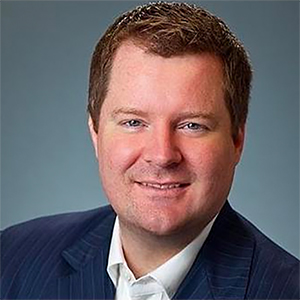
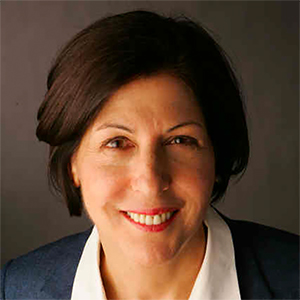
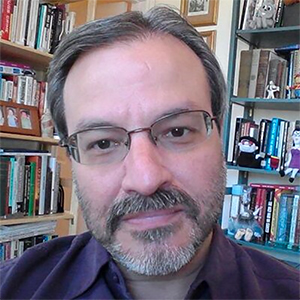
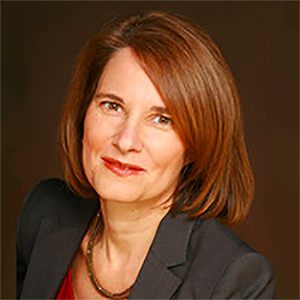



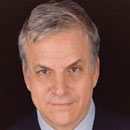
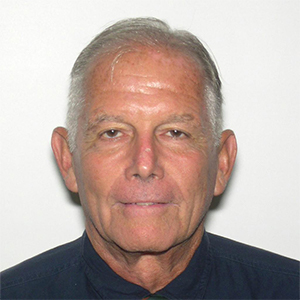
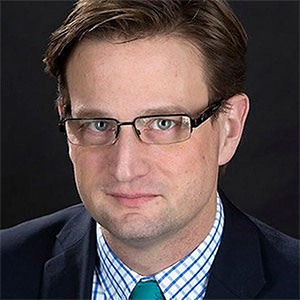
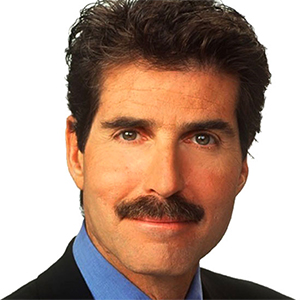
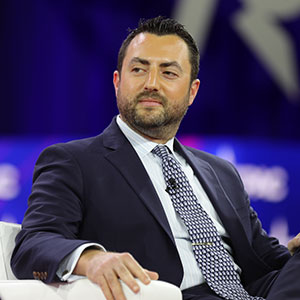
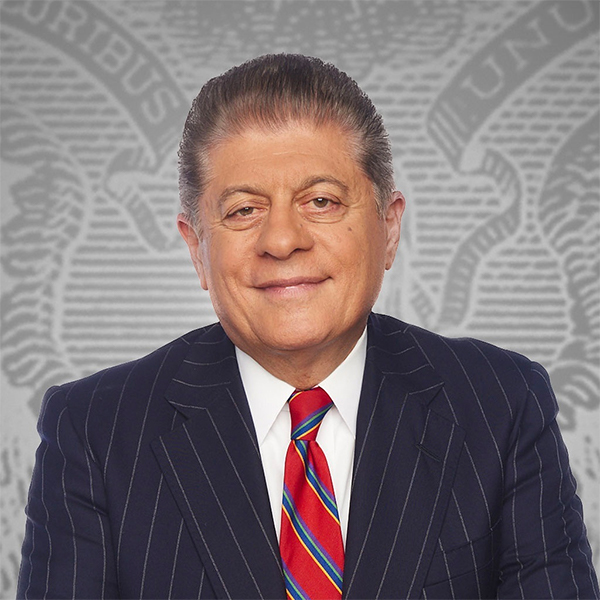
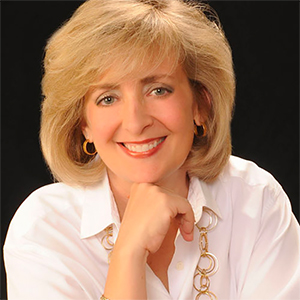
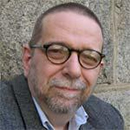
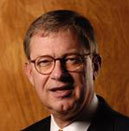
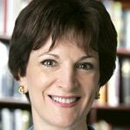
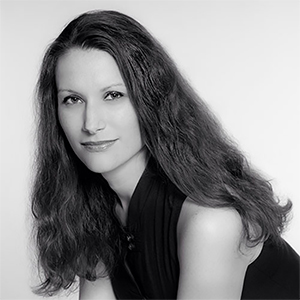
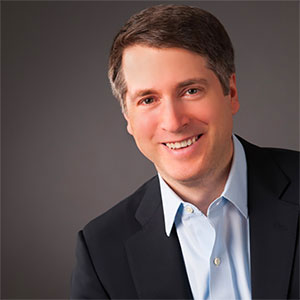
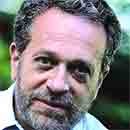

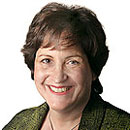
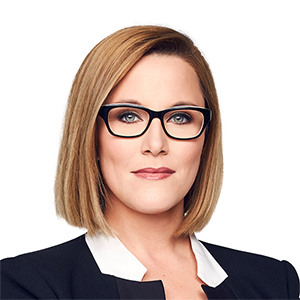

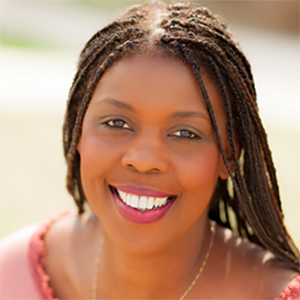

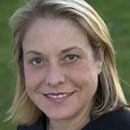
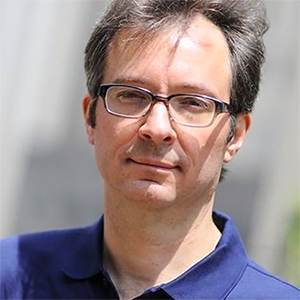
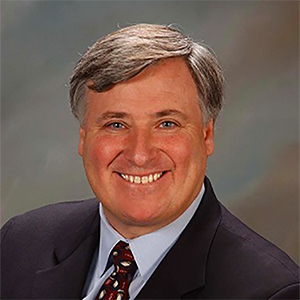

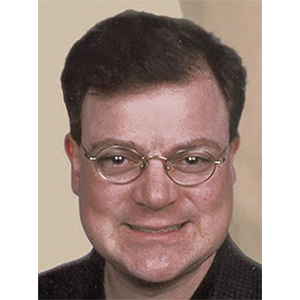
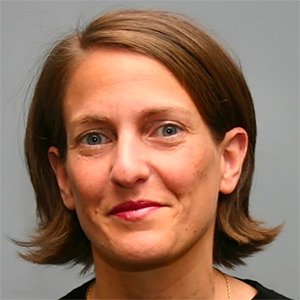

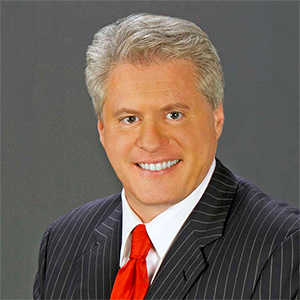
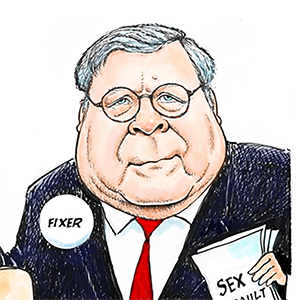
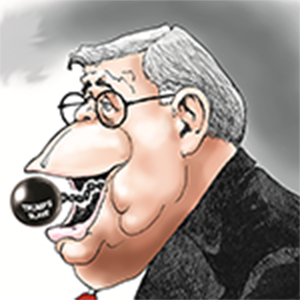




Comments